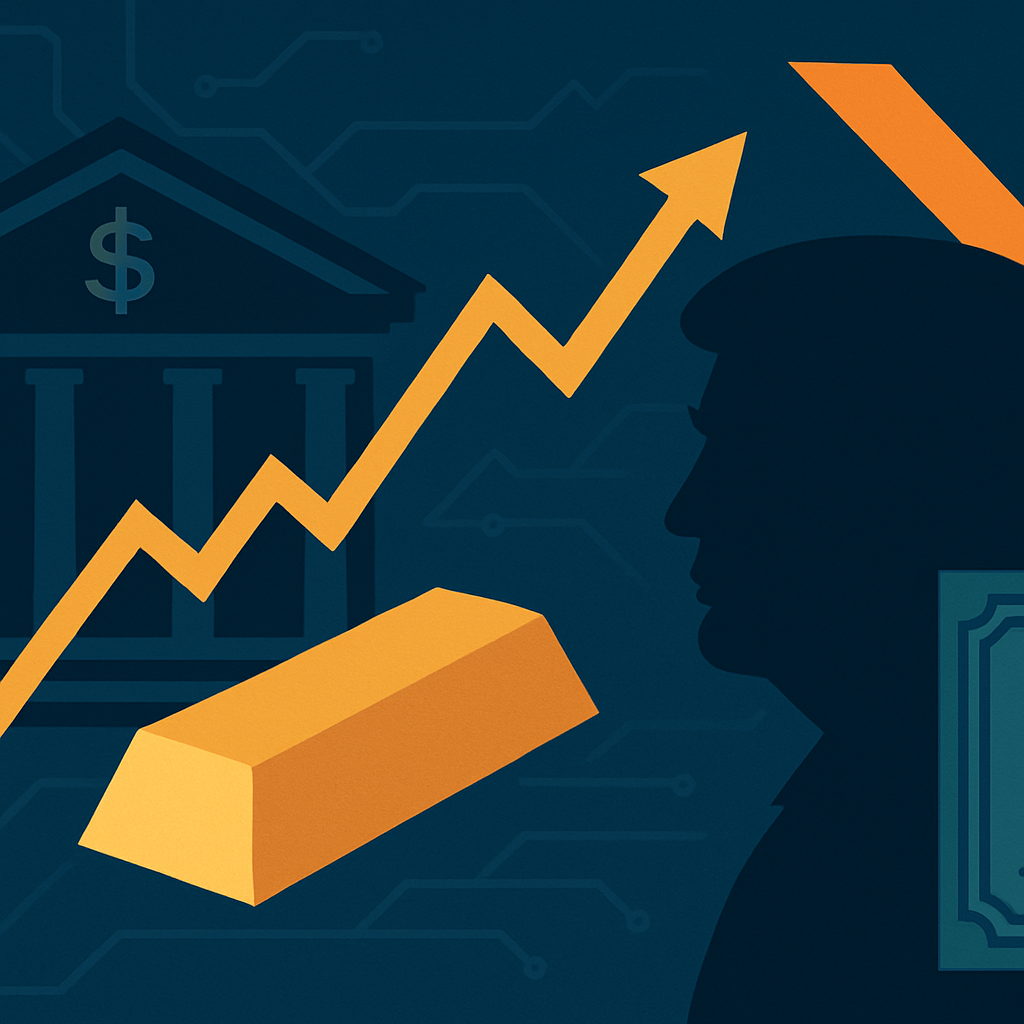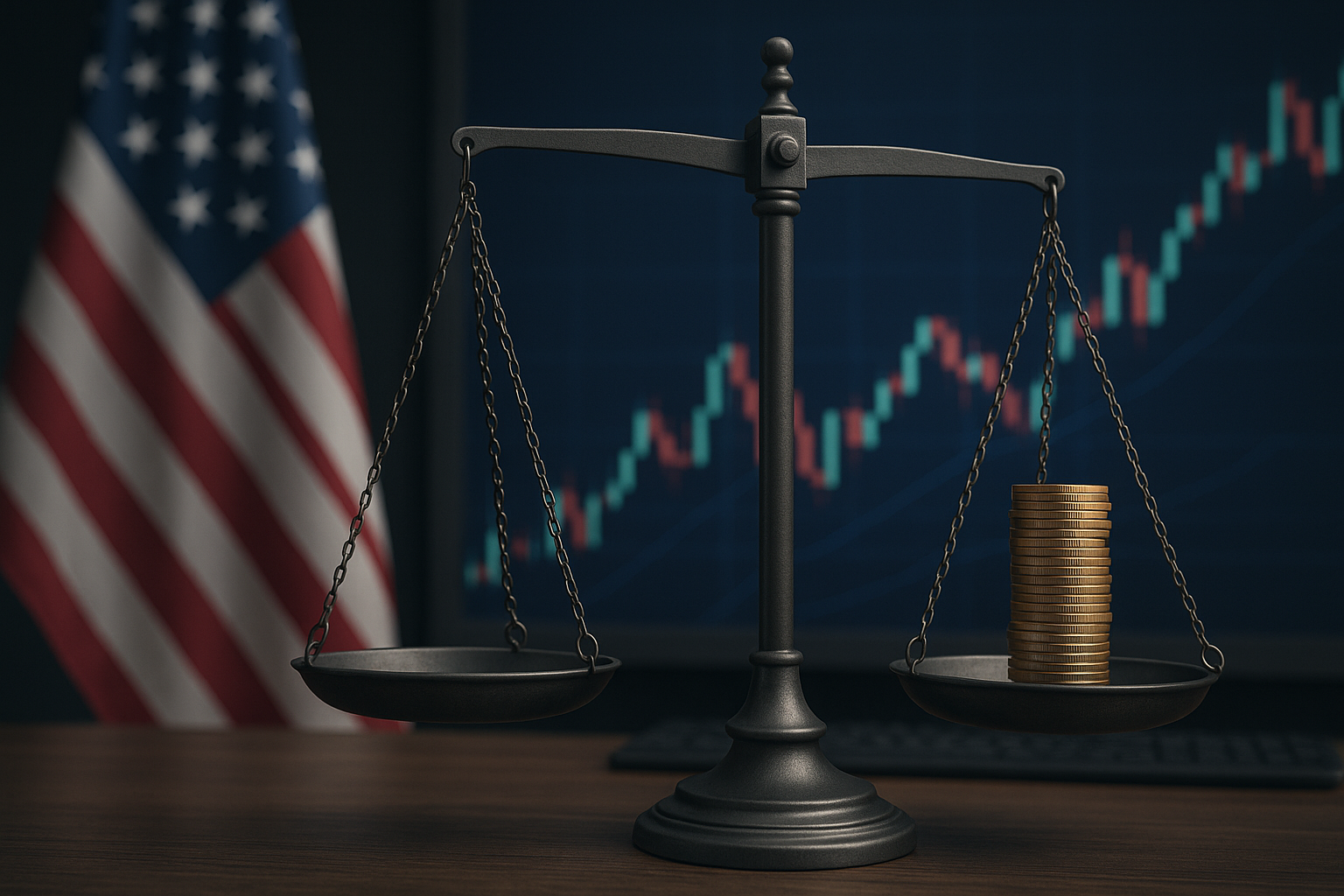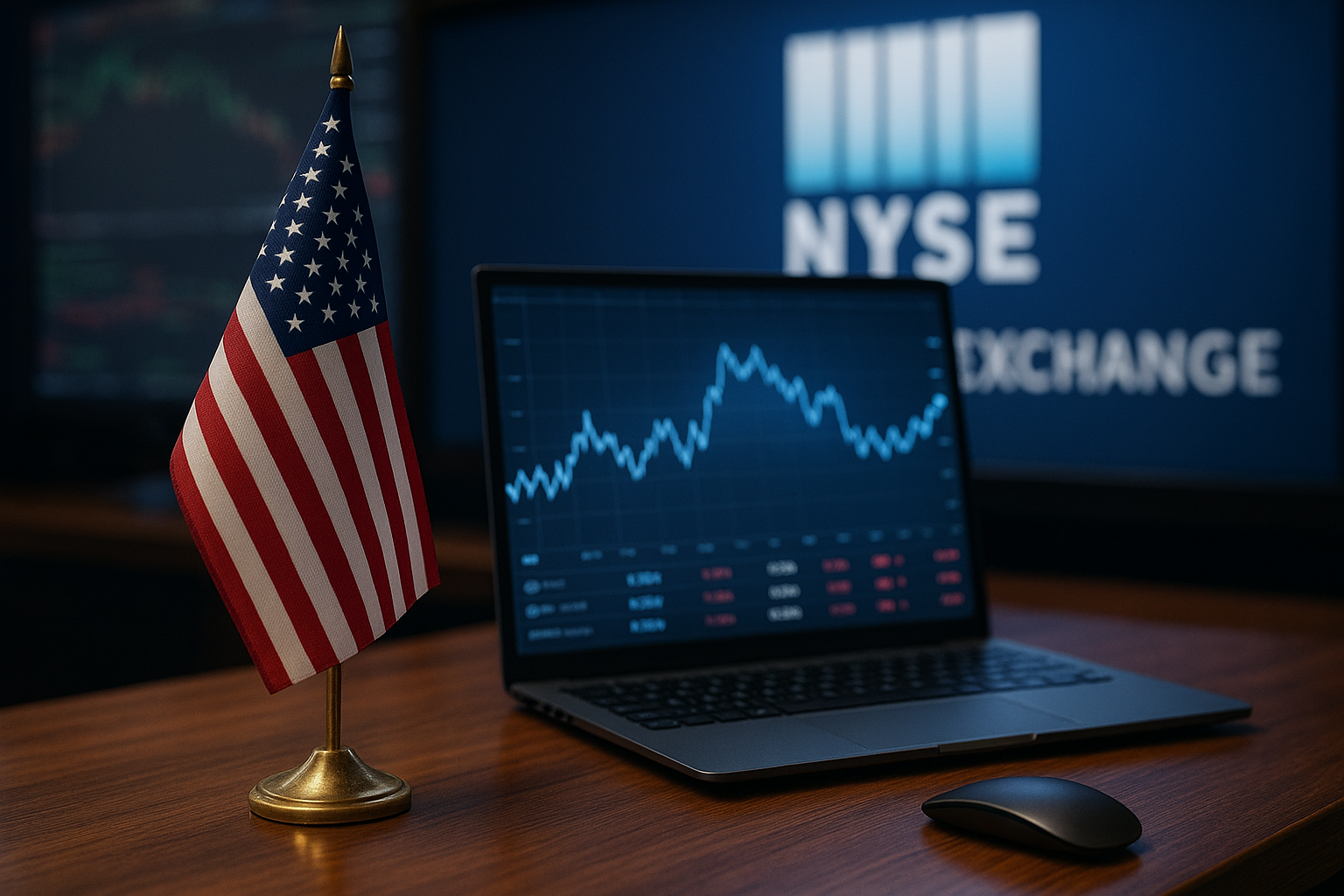As campaign tensions rise and monetary policy takes center stage, markets are reacting to a new wave of political risk that threatens the Federal Reserve’s independence. Former President Donald Trump’s renewed criticism of Fed Chair Jerome Powell—and his reported intent to install a “shadow” Fed adviser—has sent a clear signal to investors: the central bank may become a battleground, and portfolio safety is now a priority.
Gold surged to near-record highs, long-duration Treasury yields climbed, and equity markets showed a clear preference for defensives—all as Wall Street recalibrates expectations on inflation, interest rates, and institutional stability.
Fed in the Political Crosshairs: What’s Happening?
In a recent interview and subsequent campaign rally, Donald Trump harshly criticized Jerome Powell’s leadership, accusing the Federal Reserve of being “behind the curve” on inflation and too cautious in supporting economic growth. But what’s shaken markets more is Trump’s statement that if re-elected, he would install a close economic ally to “monitor” or effectively counterbalance the Fed Chair’s decisions.
According to Reuters and Bloomberg, this move is being viewed by analysts as a potential breach of the central bank’s long-guarded independence—something historically associated with economic stability and global investor confidence in U.S. financial governance.
Even whispers of political interference with the Fed have historically triggered volatility. This time, the rhetoric is coming from a leading candidate with a history of directly pressuring the Fed. Investors have responded swiftly.
Why This Matters for Investors
Markets Dislike Uncertainty—Especially at the Fed
Investor anxiety is rising, as the central bank’s ability to fight inflation without political influence is seen as critical to long-term price and currency stability. The U.S. dollar index briefly dipped in response to the comments, while gold—often a hedge against political and monetary instability—rose above $2,450 per ounce on Tuesday, its highest level in over a year (Bloomberg, July 16).
The 10-year Treasury yield, meanwhile, rose to 4.52% as traders priced in increased inflation risks and a higher term premium. Equity markets saw a rotation into utilities, consumer staples, and dividend-paying blue chips—sectors considered more resilient to macro shocks.
Inflation Jitters and Credibility Risk
A shift in perceived Fed credibility can have real-world consequences. Analysts at Morgan Stanley noted that “even the appearance of political manipulation of monetary policy can destabilize the bond market and raise long-term borrowing costs.” If investors doubt the Fed’s ability to act independently, demand for U.S. Treasuries could weaken—impacting everything from mortgage rates to corporate credit.
Moreover, inflation expectations are creeping upward again. The 5-year breakeven rate moved from 2.18% to 2.33% in the past week, suggesting investors are beginning to price in a higher inflationary regime—not just from economic forces, but also from governance uncertainty.
What Could Come Next?
If Trump wins the presidency and follows through on his proposed economic oversight plan, the Fed could face an unprecedented internal conflict—potentially leading to more dovish policy, weakened inflation-fighting resolve, or public clashes over rate decisions.
Such developments could also undermine global confidence in U.S. markets. The IMF, in a recent bulletin, warned that “central bank independence is a cornerstone of macroeconomic resilience.” If compromised, emerging markets may grow more attractive to risk-tolerant capital, especially those with stable monetary frameworks and strong commodity export bases.
Key Investment Insight
Investors should prepare for elevated volatility as election season unfolds. Defensive positioning—via gold, TIPS (Treasury Inflation-Protected Securities), quality dividend equities, and select commodity plays—can offer relative safety.
It’s also prudent to reduce duration risk in fixed income portfolios, as long-dated bonds may underperform if inflation risk premiums continue to rise. Finally, monitor Fed communications closely; any signal of pushback or policy shift could reshape the current risk landscape.
Stay with MoneyNews.Today for real-time coverage on the intersection of politics and market strategy. As 2025’s election cycle heats up, we’ll keep you informed with actionable insights to help navigate uncertainty with confidence.





